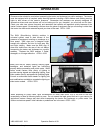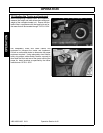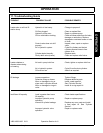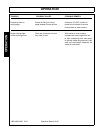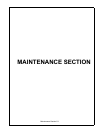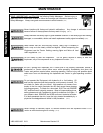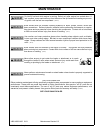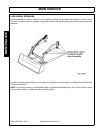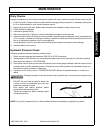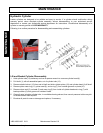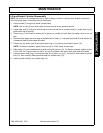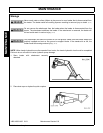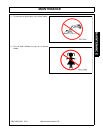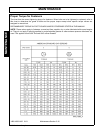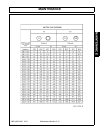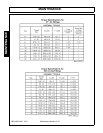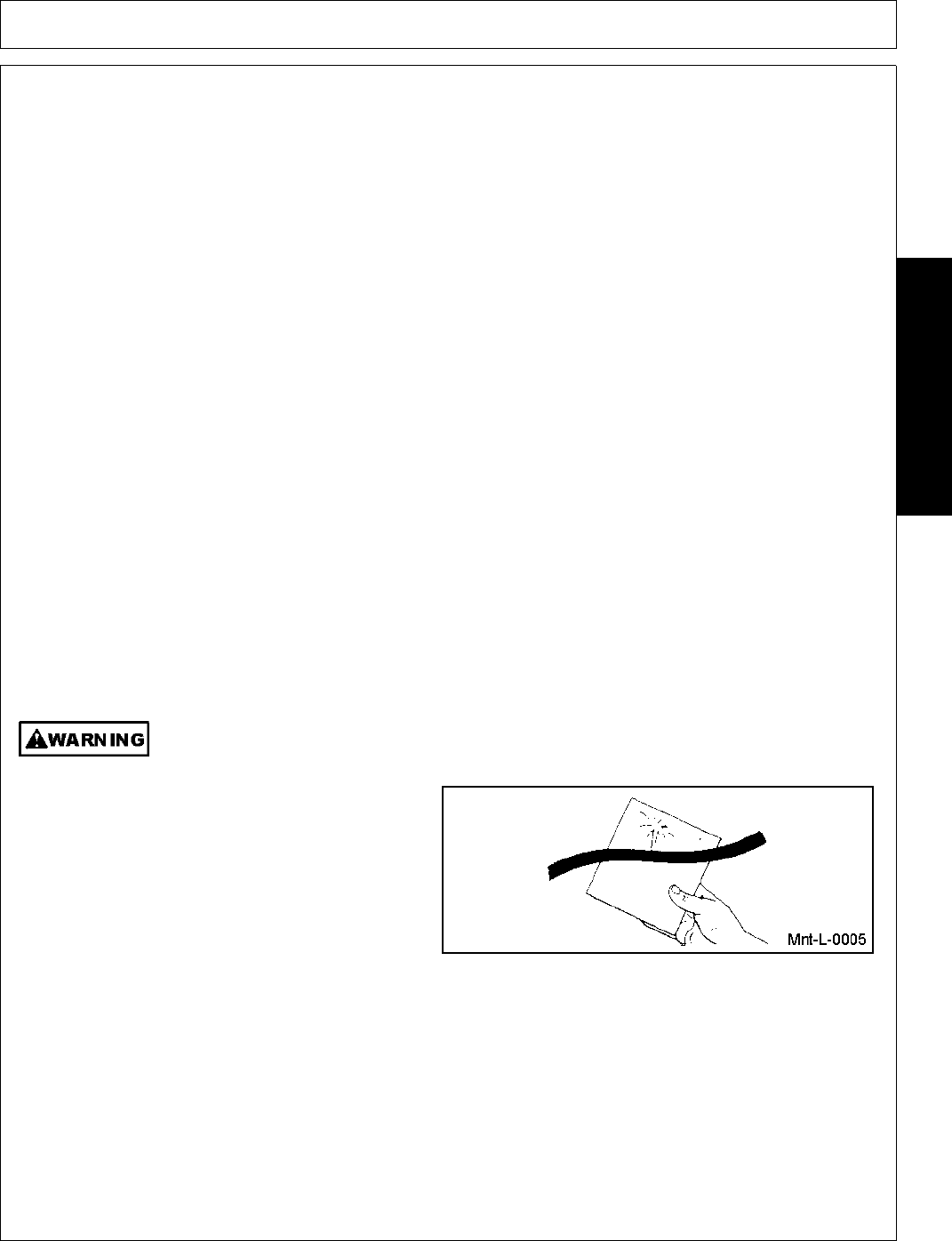
MAINTENANCE
1480/1485/1495 01/11 Maintenance Section 5-5
© 2011 Alamo Group Inc.
MAINTENANCE
Daily Checks
Regular maintenance of your loader and hydraulic system will insure maximum loader efficiency and long life.
1. Check fluid level of tractor hydraulic system before starting each days operation. If necessary, add hydrau-
lic oil as recommended in your tractor operators manual.
2. Inspect all pivot pins for wear. Make certain cotterpins are installed to retain each pivot pin.
3. Check all bolts for tightness.
4. Lubricate all grease fittings.
5. After every ten hours of operation, check all hardware and tighten where required.
6. Inspect hydraulic lines and fittings for wear and leaks. Replace hoses immediately if they are damaged by
a cut or scrape, extruded at the fittings or leaking. Hydraulic oil leaks should be repaired promptly to avoid
loss of oil and serious personal injury from escaping oil.
7. During operation, listen for abnormal sounds which might indicate loose parts or other damage.
8. Clean all debris from machine.
Hydraulic Pressure Check
Following procedure outlines hydraulic pressure check.
1. Obtain a pressure gauge that measures 3000 PSI in 50 PSI increments.
2. Install gauge into the hydraulic line connecting the loader valve and to the base port of bucket cylinders.
3. Start engine and adjust to 1700-2200 RPM.
4. Push bucket control lever to pressurize the hydraulic line with the gauge attached. Hold the control until the
cylinders reach the fully extended position. Holding the control with cylinders fully extended will give you
the hydraulic system pressure on the gauge.
5. If pressure is not correct, refer to “TROUBLESHOOTING” Section for possible remedy or contact your
dealer.
Escaping hydraulic fluid under pressure can penetrate skin, causing serious personal injury.
• DO NOT use your hand to check for leaks. Use
a piece of wood or cardboard and wear eye
protection to search for leaks.
• Stop engine and relieve pressure before
connecting or disconnecting lines.
• Tighten all connections before starting engine
or pressurizing lines.
NOTE: If any fluid is injected into skin, obtain medical attention immediately or gangrene may result.



